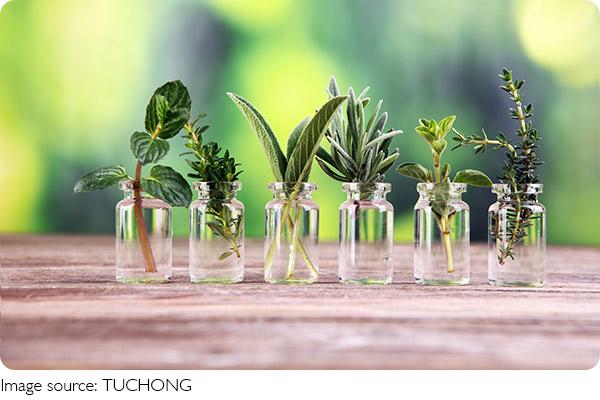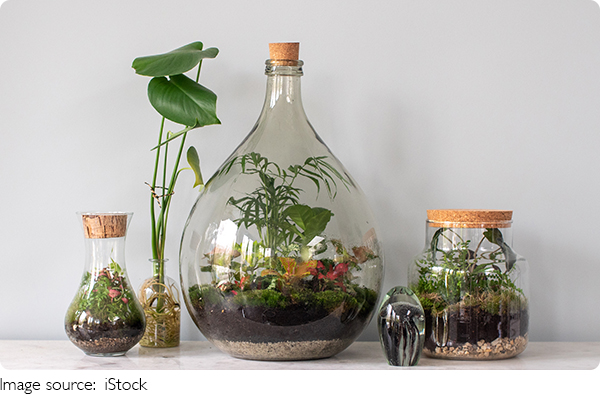Plants & Animals Unite

Take a moment to imagine a forest, a garden, or even a simple backyard. At first glance, it might seem like plants and animals just happen to coexist side by side, each doing their own thing.
But in truth, they are partners in an intricate dance of survival, growth, and reproduction. These partnerships have developed over millions of years, forming vital connections that support the health of ecosystems everywhere.
Have you ever wondered how plants reproduce without the ability to move or how forests regenerate year after year? The answer often lies in their relationship with animals — a fascinating mutual dependency that benefits both parties in ways we sometimes overlook.
Pollination: The Spark of New Life
One of the most well-known examples of plant-animal symbiosis is pollination. This process is essential for most flowering plants to produce seeds and fruit. But plants can't move to find mates — instead, they rely on animals such as bees, butterflies, hummingbirds, and bats to carry pollen from one flower to another.
Why it matters:
• Animals get a sweet reward: nectar or pollen, which serves as food.
• Plants get fertilized, allowing them to reproduce and maintain their species.
Over time, many plants have evolved specialized features like bright colors, alluring scents, and unique flower shapes to attract their ideal pollinators. For instance, some orchids mimic female insects to trick male insects into visiting, ensuring pollination. This relationship between specific plants and pollinators is an elegant example of coevolution — where two species shape each other's development over time.
Seed Dispersal: Moving the Next Generation
Pollination is just the beginning. Once a plant produces seeds, those seeds need to find new places to grow. This is where animals come in again. Many plants depend on animals to disperse their seeds, often using clever tricks to ensure their offspring travel far and wide.
Common seed dispersal methods include:
1. Seeds that cling to animal fur or feathers, hitching a ride to new locations.
2. Fruits eaten by animals; seeds pass through the digestive system and are deposited elsewhere, often in fertile droppings.
3. Some seeds even attract ants, which carry them to their nests, helping the plants spread underground.
Through these methods, animals play the role of gardeners, planting seeds in new areas that might be more suitable for growth, reducing competition between plants and encouraging biodiversity.
Defense and Protection: Allies Against Threats
The relationship between plants and animals extends beyond reproduction. Some animals protect plants from threats like herbivores and parasites. A famous example involves ants and acacia trees. Certain acacia species provide ants with shelter and food in hollow thorns and nectar. In exchange, these ants aggressively defend the tree from insects or mammals that try to eat its leaves.
This mutually beneficial arrangement is a powerful survival tactic. Plants gain protection, while ants receive a reliable home and food source. Such relationships highlight how intertwined the lives of plants and animals really are — they depend on each other for safety and survival.
Understanding Coevolution: A Tale of Adaptation
What's remarkable about these partnerships is that they didn't happen overnight. Over thousands or millions of years, plants and animals have adapted to each other's presence, a process known as coevolution. These adaptations can be so precise that the survival of one species depends on the other.
For example, the long tongue of the hawk moth perfectly matches the shape of certain deep flowers, allowing it to reach nectar inaccessible to other pollinators. Similarly, some plants have evolved toxins or tough leaves to discourage unwanted visitors but attract beneficial insects.
This coevolution illustrates how ecosystems are webs of complex relationships, not isolated species acting alone. It's a reminder that the survival and success of many plants and animals are intertwined in ways that sustain the whole environment.

Why It Matters: Protecting Partnerships in Nature
Sadly, human actions like habitat destruction, pollution, and climate change threaten these delicate relationships. Declines in pollinator populations, for instance, put the reproduction of countless plants at risk, affecting food supplies and natural habitats.
Conservation efforts increasingly focus on protecting these connections by preserving pollinator habitats, restoring native plant species, and maintaining wildlife corridors. Experts emphasize that safeguarding biodiversity means understanding and supporting the networks that connect plants and animals — because saving one often means saving the other.
Next time you see a bee visiting a flower or birds feasting on berries, take a moment to appreciate this ancient partnership. It's a dance that has sustained life on Earth for millions of years, reminding us how closely all living things are connected. What surprising plant-animal interactions have you noticed in your own environment? Observing these relationships can deepen our respect for nature and inspire us to protect it.
-
 Heart Palpitations at Night?Heart Racing In The Dark? Is It Just A Dream Or A Warning Sign?! What Strikes While You Sleep?!
Heart Palpitations at Night?Heart Racing In The Dark? Is It Just A Dream Or A Warning Sign?! What Strikes While You Sleep?! -
 Neural Plasticity: Brain?Lost Focus? New Habits?! Neural Plasticity Might Be The Brain's Secret Weapon You Never Knew!
Neural Plasticity: Brain?Lost Focus? New Habits?! Neural Plasticity Might Be The Brain's Secret Weapon You Never Knew! -
 Mastering Local TransportSmart travel tips for navigating public transit like a local.
Mastering Local TransportSmart travel tips for navigating public transit like a local.